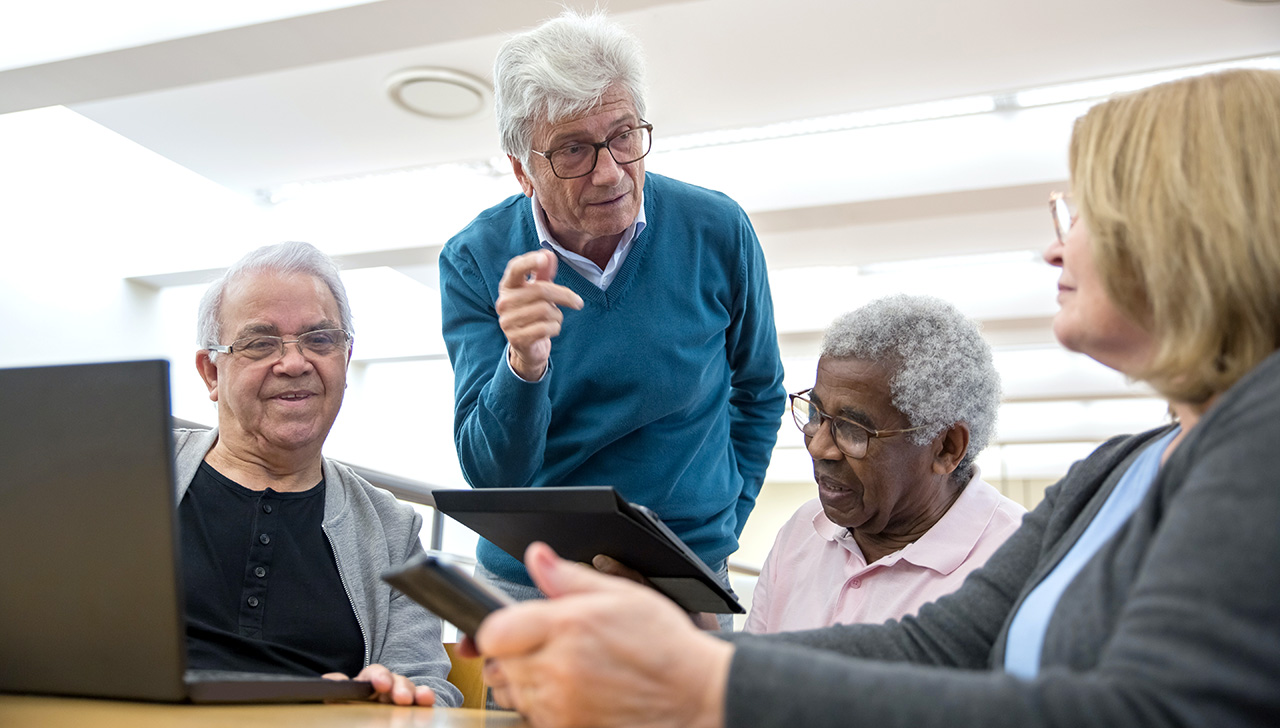- Active learning
Rather than just passively receiving information, learners actively engage with the material. This can include activities such as discussions, group projects, and problem-solving exercises. Active learning has been shown to improve retention and transfer of knowledge.
Active learning is the first choice to implement sustained learning. Working in a group, running micro-discussions and developing the skills – this is one of the basic approaches in the DISK project.
Relevance for the DISK training
The DISK training course uses intensively active learning elements. From the beginning (starting with the training content framework) active learning has been considered for the various learning activities. - Practice and application
Learners need opportunities to practice and apply what they have learned in real-world situations. This can include internships, simulations, or projects that involve solving real problems.
Relevance for the DISK training
The DISK training course offered a Flipped Learning approach (Individual space for learning with the learning platform, and group space for application). This approach matches with the intention to sustain learning. - Feedback and reflection
Learners should receive feedback on their performance and have opportunities for reflection on their learning. This can include self-assessment, peer review, or feedback from instructors or mentors. - Personalization
Learning that is personalized to the needs and interests of the learner is more likely to be sustained. This can include adaptive learning technologies that adjust to the learner’s needs or allow learners to choose their own learning paths. - Integration
Learning should be integrated into the learner’s life and work, rather than being seen as separate from it. This can include job-embedded professional development, where learners apply new skills and knowledge in their daily work.
Relevance for the DISK training
The DISK course is integrated into learners’ life due to the concept: The training focuses on content that is necessary to survive in the digital area. - Continuous learning
Sustainable learning is an ongoing process that continues beyond the initial acquisition of knowledge and skills. Learners need opportunities to continue learning and updating their skills over time.
By implementing these strategies, sustainable learning can be achieved, leading to long-lasting learning results.
The role of multimedia in Sustained Learning
Multimedia and interactive content can play a significant role in sustained learning. Here are a few ways in which they can contribute to sustainable learning:
- Enhancing engagement
Multimedia and interactive content can capture learners’ attention and increase their motivation to learn. For example, videos, animations, and simulations can provide a visual and auditory representation of concepts, making them more engaging and memorable. - Supporting different learning styles
Multimedia and interactive content can support different learning styles by providing a range of modalities for learners to engage with. For example, some learners may prefer visual aids, while others may prefer auditory or kinaesthetic activities. Interactive content can provide a range of options to cater to diverse learning preferences. - Facilitating more in-depth understanding
Multimedia and interactive content can facilitate a more profound understanding by providing learners with multiple perspectives on a topic. For example, an interactive simulation can allow learners to explore the cause-and-effect relationships of different variables in a system, leading to a better understanding of complex concepts. - Encouraging self-directed learning
Multimedia and interactive content can encourage self-directed learning by providing learners with the opportunity to explore topics in their own time and at their own pace. This can lead to sustained learning outcomes, as learners are more likely to retain information when they have an active role in the learning process. - Enabling formative assessment
Interactive content can provide learners with immediate feedback on their performance, allowing them to identify areas where they need to improve. This can help learners to focus on their weaknesses and make progress toward achieving their learning goals.
In summary, multimedia and interactive content can enhance sustained learning by increasing engagement, supporting different learning styles, facilitating more profound understanding, encouraging self-directed learning, and enabling formative assessment.

